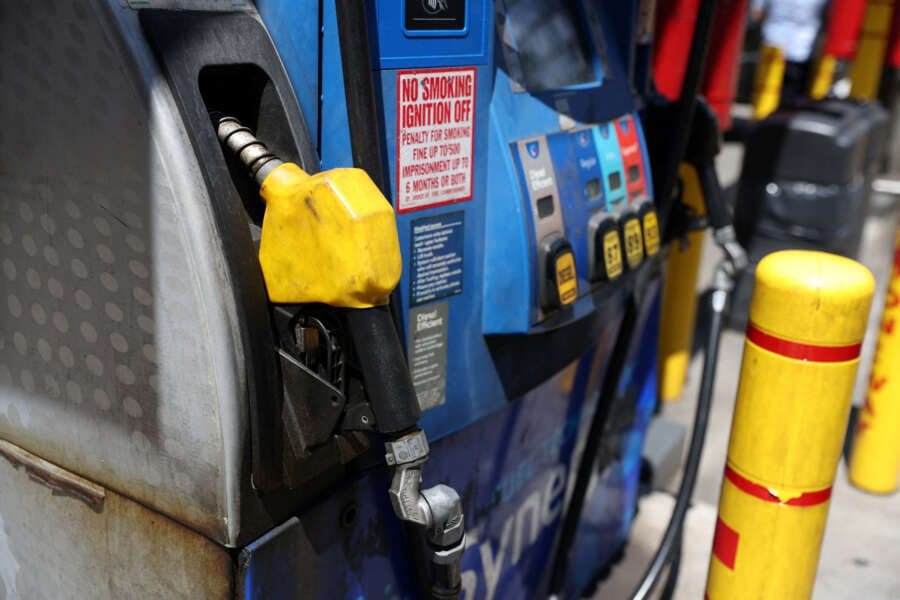
By Sonali Paul and Jeslyn Lerh
SINGAPORE (Reuters) -Oil prices dropped in Asia trade on Friday amid an uncertain demand outlook, though benchmark contracts were headed for weekly gains as recession fears eased.
Brent crude futures fell 49 cents, or 0.5%, to $99.11 a barrel at 0330 GMT, while U.S. West Texas Intermediate (WTI) crude futures fell 50 cents, or 0.5%, to $93.84 a barrel.
Brent was on track to climb more than 4% for the week, recouping part of last week’s 14% tumble, its biggest weekly decline since April 2020 amid fears that rising inflation and interest rate hikes will hit economic growth and fuel demand.
WTI was heading for a weekly gain of more than 5%, recouping about half of the previous week’s loss.
Uncertainty capped price gains as the market absorbed contrasting demand views from the Organization of the Petroleum Exporting Countries (OPEC) and the International Energy Agency (IEA).
“While the peaking-inflation narrative has given some traction for risk assets lately, the more measured moves in oil prices since June suggest that some reservations remain in light of its cloudy demand outlook,” said Yeap Jun Rong, a market strategist at IG.
The trade-off for growth may continue to limit oil prices’ upside, with key psychological resistance for Brent at the $100 a barrel level, Yeap added.
On Thursday, OPEC cut its forecast for growth in world oil demand in 2022 by 260,000 barrels per day (bpd). It now expects demand to rise by 3.1 million bpd this year.
That contradicts the view from the IEA, which raised its forecast for demand growth to 2.1 million bpd, due to gas-to-oil switching in power generation as a result of soaring gas prices.
“There’s a great deal of uncertainty about demand in the short run. Until that settles, it (the market) will be like this for a while,” said Justin Smirk, a senior economist at Westpac.
At the same time, the IEA raised its outlook for Russian oil supply by 500,000 bpd for the second half of 2022, but said OPEC would struggle to boost production.
“The net picture that the IEA painted was a mix,” said Commonwealth Bank analyst Vivek Dhar. “Russian supply has been more resilient than thought.”
“Assessing global oil balances by the end of the year right now, given what’s happening on the demand side versus what’s happening on supply side – it’s just complicated. That’s why you have the daily volatility.”
(Reporting by Sonali Paul in Melbourne and Jeslyn Lerh in Singapore; Editing by Kenneth Maxwell)


